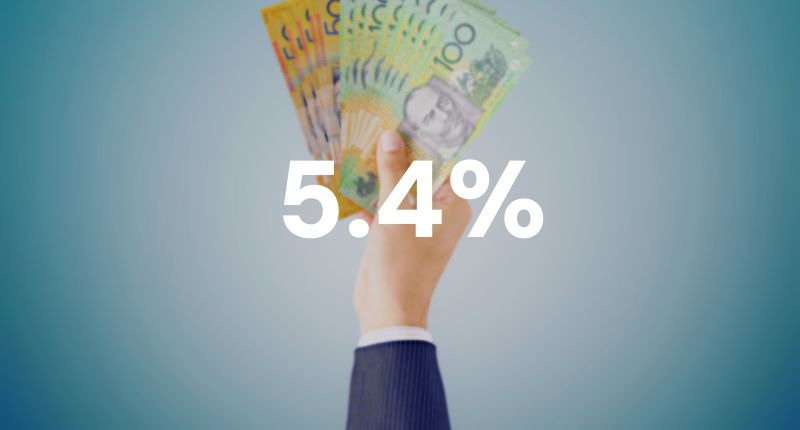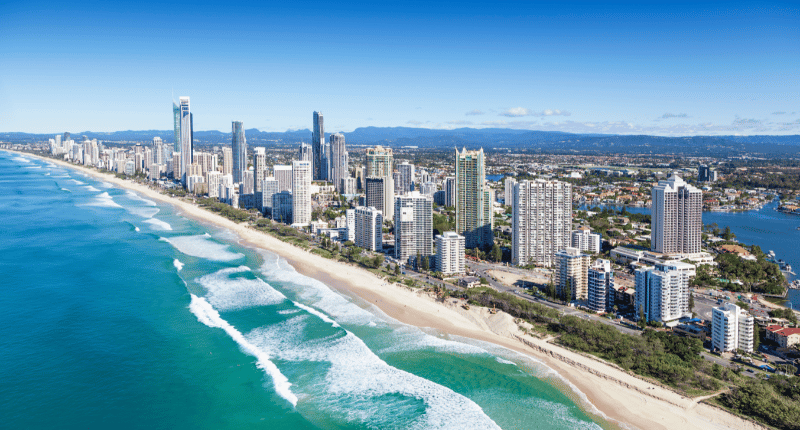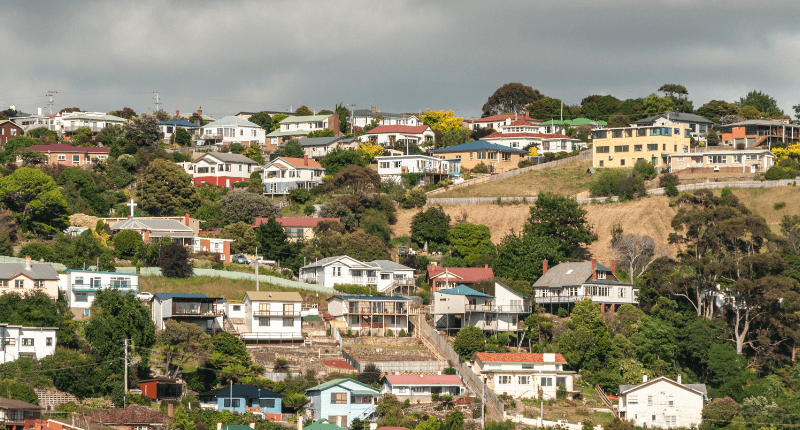- The annual rate of inflation was 5.4% in September; the quarterly rise in CPI was 1.2%.
- Fuel was the biggest contributor to the quarterly rise, at a 7.2% price increase.
- The annual rent price is up 7.6% over the past year, the largest annual rent rise recorded since 2009.
New data from the Australian Bureau of Statistics (ABS) has revealed that Australia’s Consumer Price Index (CPI) has risen 1.2% in the September 2023 quarter.
This was slightly higher than the 0.8% rise recorded in the previous quarter.
The annual rate of inflation currently sits at 5.4%, which is below the previous quarter’s figure of 6.0%.
All groups CPI, Australia, quarterly and annual movement (%)

ABS head of prices statistics, Michelle Marquardt, said the rise this quarter continued to be lower than those seen throughout 2022.
“While prices continued to rise for most goods and services, there were some offsetting falls this quarter including for child care, vegetables, and domestic holiday travel and accommodation,” she said.
Increasing fuel prices was the biggest contributor
Leading the pack of contributors to the rise in the September quarter was automotive fuel, at 7.2%.
This was the most substantial quarterly rise in fuel prices since March 2022, primarily caused by inflated global oil prices.
Electricity trailed fuel prices at 4.2%, followed by rent at 2.2%, and dwellings purchased by owner-occupiers at 1.3%.
“Electricity prices were partially offset by the Energy Bill Relief Fund rebates, which were introduced this quarter,” said Marquardt.
“These rebates reduced electricity bills for all households in Brisbane and Perth, and for concession households in the remaining states and territories.
“Excluding the rebates, electricity prices would have increased 18.6% in the September quarter.”
Rent and new dwelling rises
Rents rose 2.2% this quarter; rental price growth for flats continued to outpace price growth for houses.
The increase in rents this quarter was moderated by changes made to Commonwealth Rent Assistance, according to Marquardt.
Rents, annual movement (%)

“This is the largest increase in Commonwealth Rent Assistance for 30 years and, while the increase applied for only part of the quarter, it reduced the overall increase in rents by 0.3 percentage points,” she said.
Prices for new dwellings rose 1.3% this quarter, however, there remained a trend of slower rises due to subdued new demand and easing material costs.
The annual rental price rose to 7.6%, the largest annual rise since 2009, and a 4.9% increase in new homes was recorded.
Builders respond to rising costs
Master Builders Australia (MBA) CEO, Denita Wawn, said housing costs remained a significant source of inflation pressures.
“The rental market continues to be hurt by a prolonged drought in new apartment building and the negative consequences of rising interest rates,” said Wawn.
“Housing costs have a major impact on wages and costs right across our economy.
“Taking decisive action to speed up the delivery of the new homes we need will help us win the battle against inflation more quickly.”








